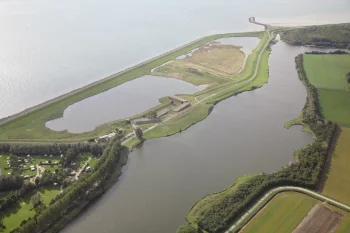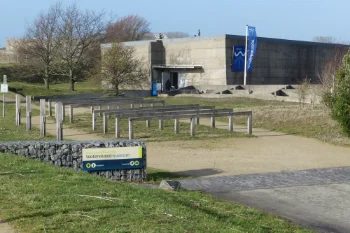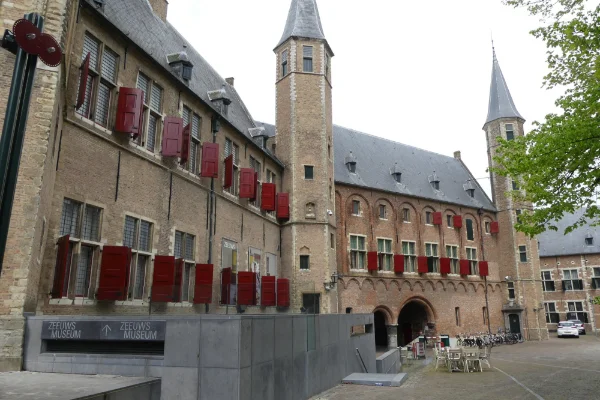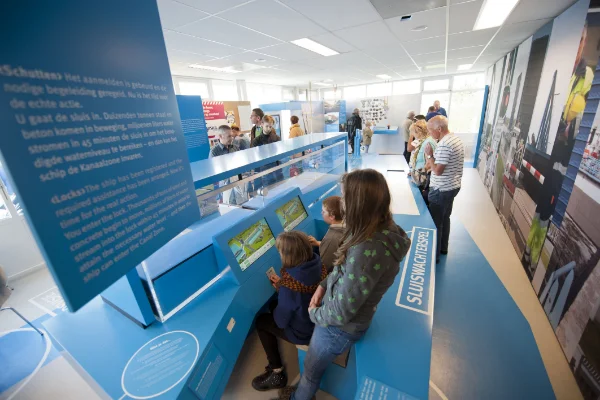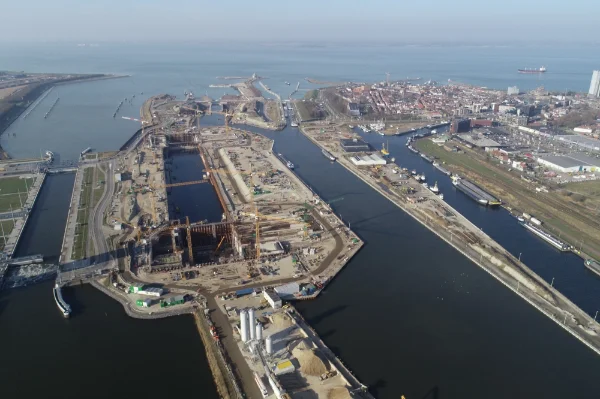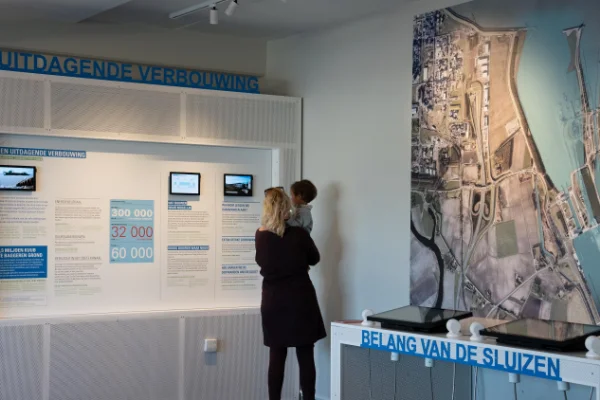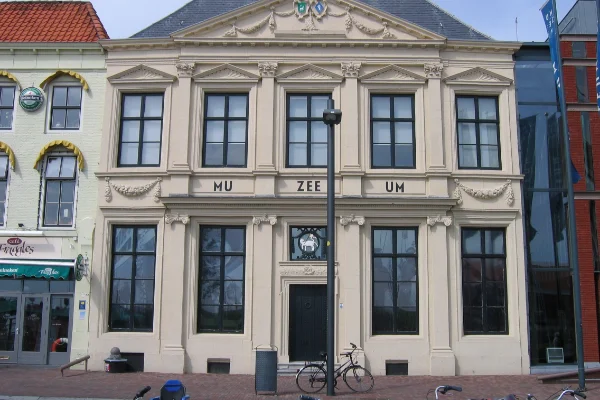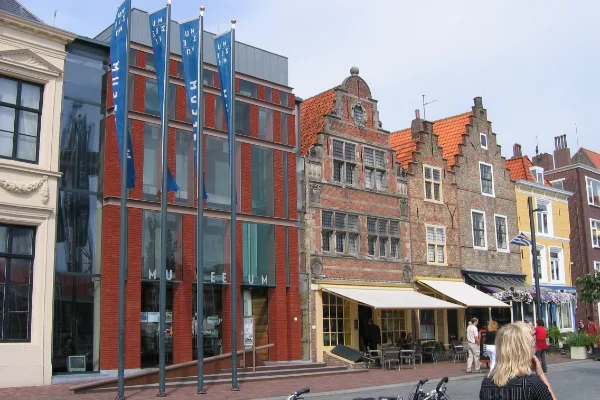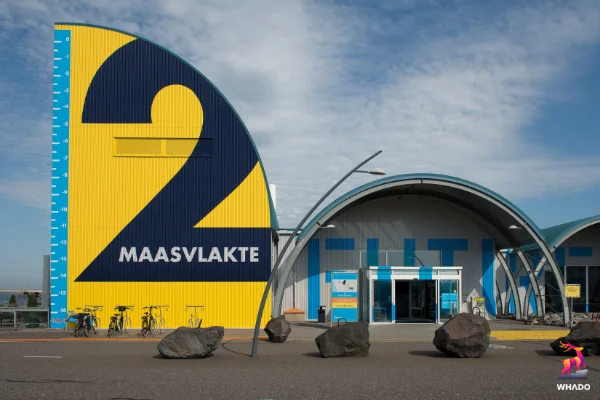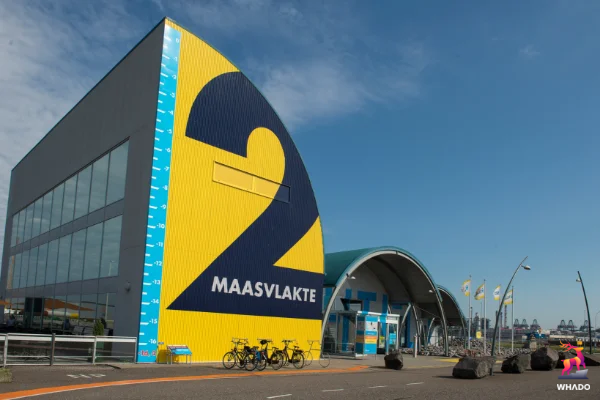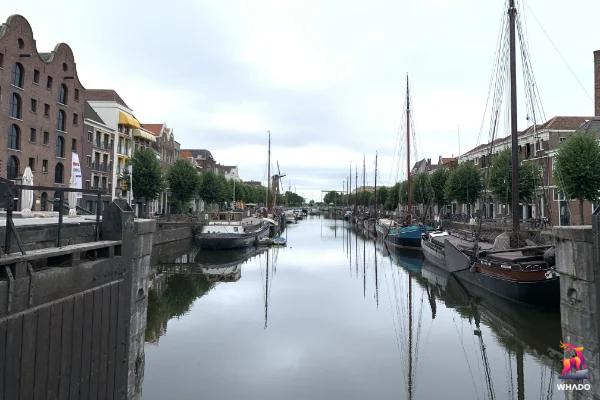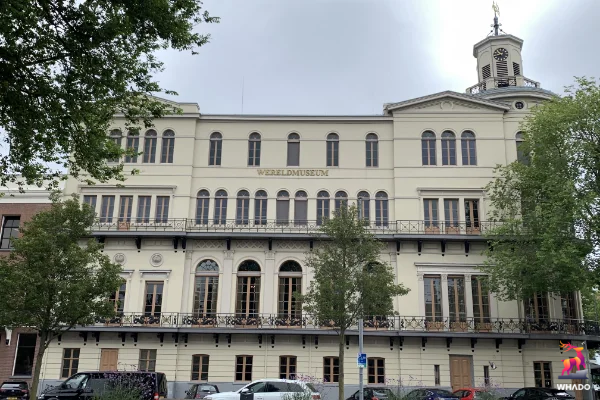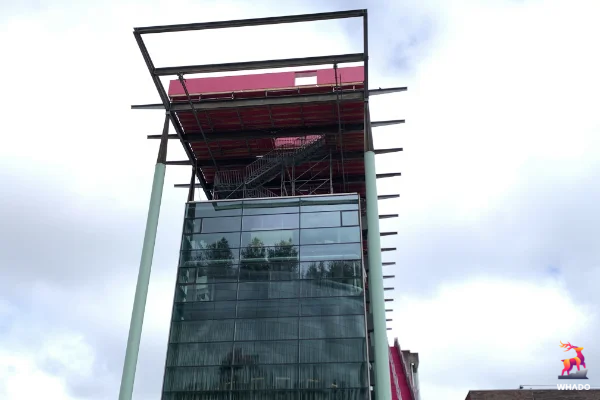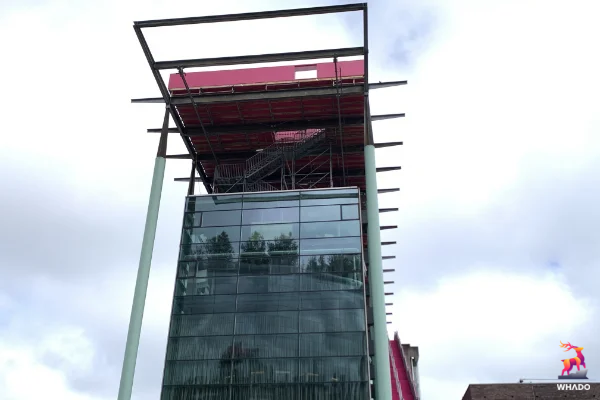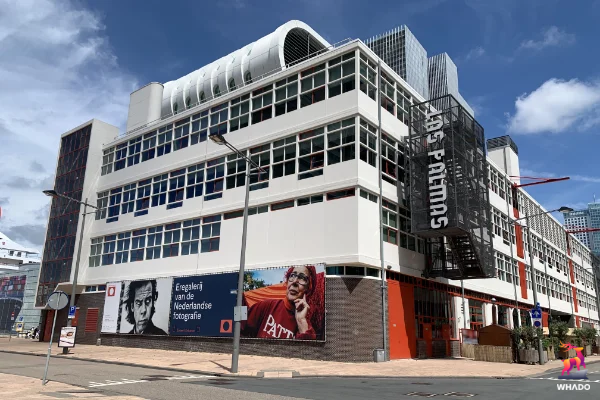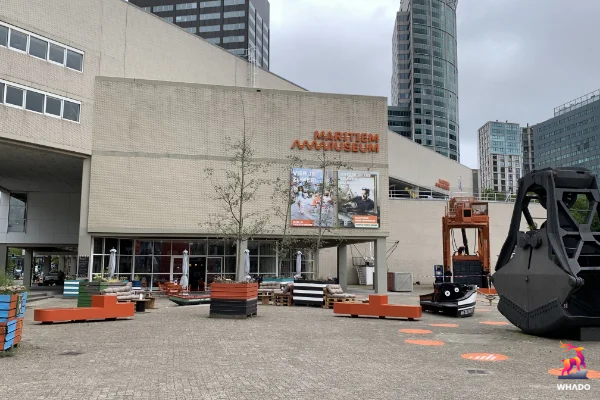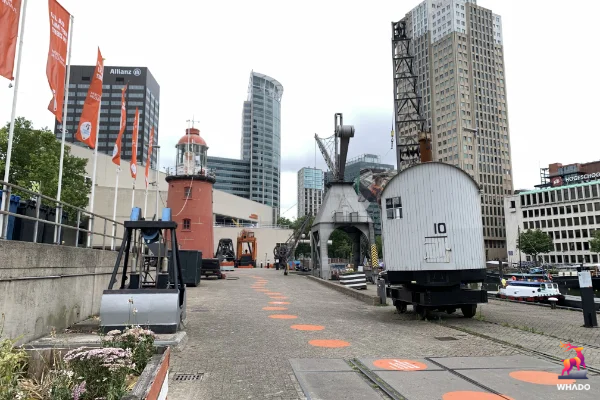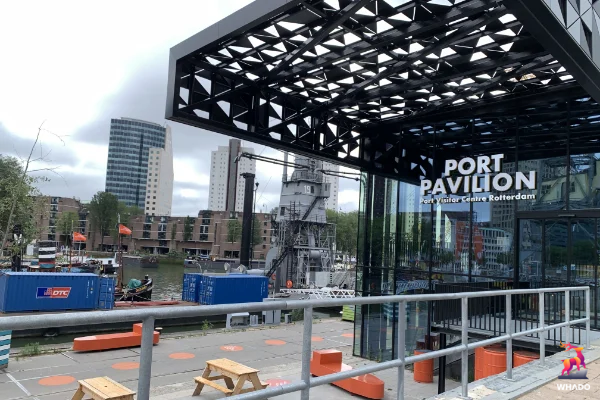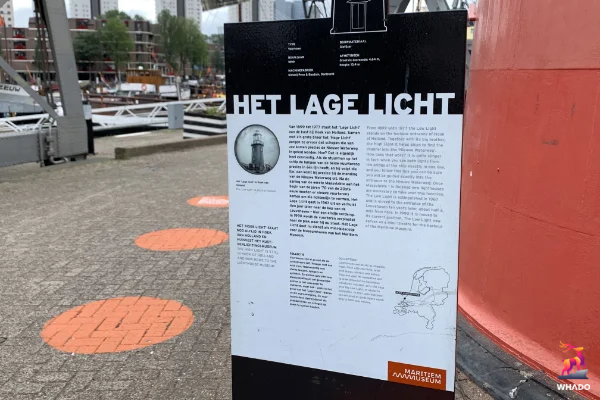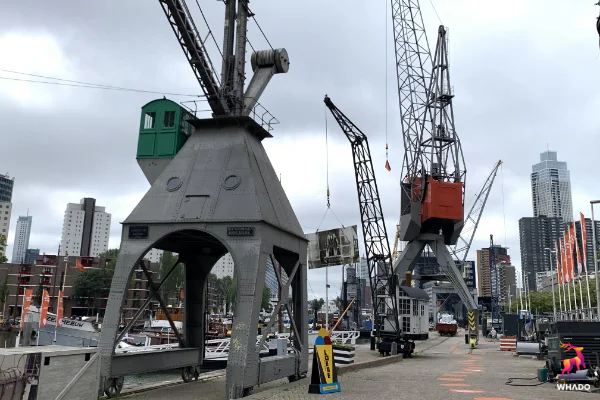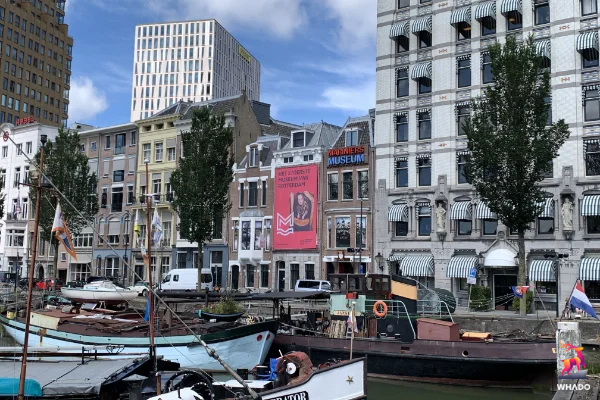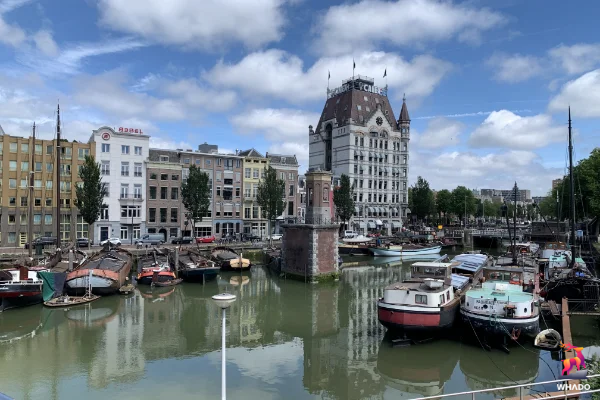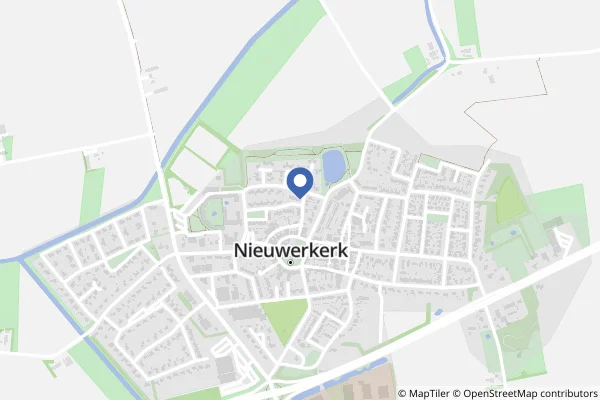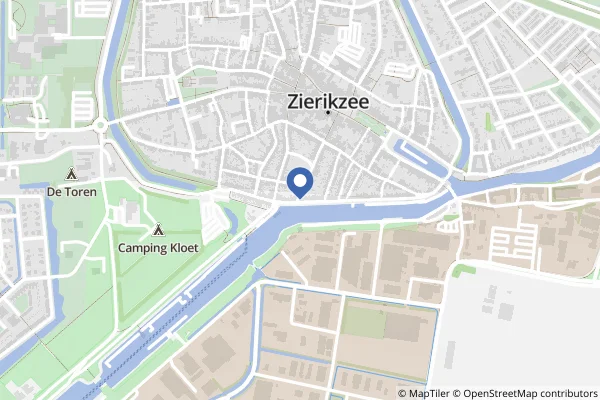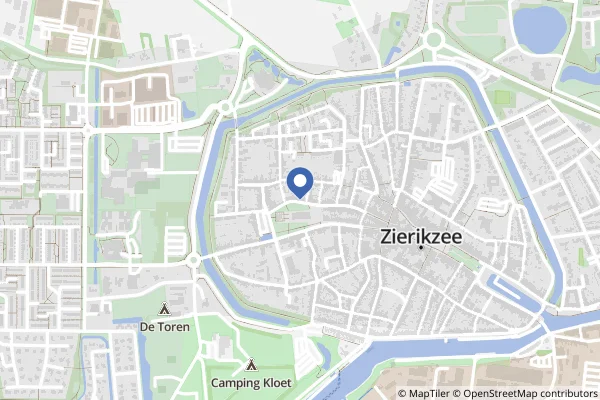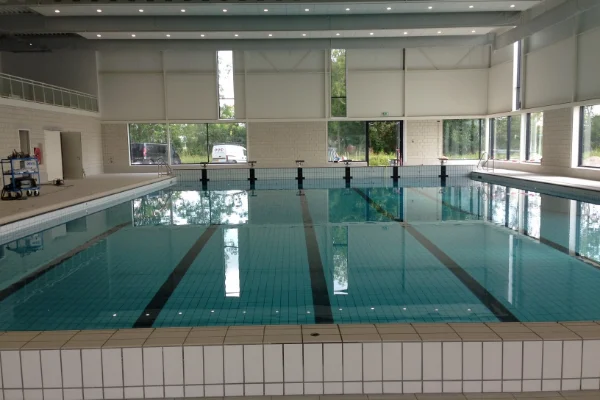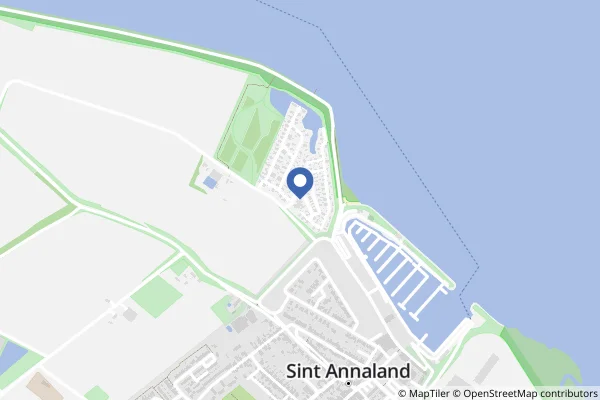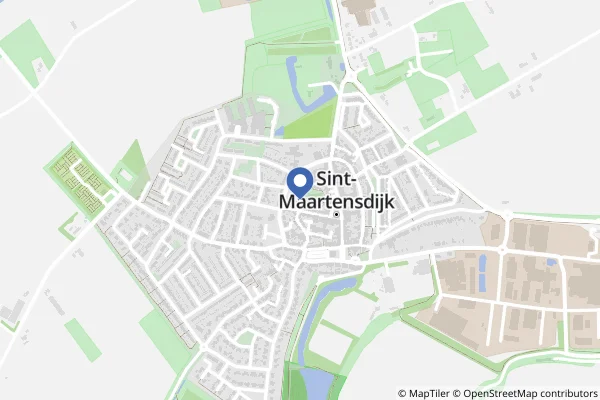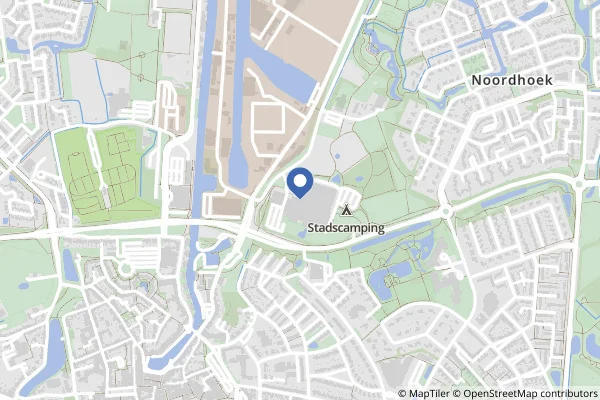Watersnoodmuseum Ouwerkerk - Museum
Museum in Ouwerkerk
Description
The Watersnoodmuseum is an impressive museum in the Zeeland town of Ouwerkerk, which keeps the memory of the flood disaster of 1953 alive. At the time, this disaster flooded large parts of the Netherlands, killing more than 1800 people and leaving hundreds of thousands of people homeless. The museum is housed in four caissons that were used to close the last hole in the dike. These caissons have now been converted into exhibition spaces, where visitors can take an impressive journey through the history of the flood disaster. HistoryThe first caisson is dedicated to the history of the dikes and the water management in the Netherlands. It explains how important the dikes are for the Dutch landscape and how water management has developed over the centuries. The major floods of the past are also discussed, such as the Sint-Elisabeth flood in 1421. This gives visitors a better understanding of the context in which the flood disaster occurred. Personal storiesThe second caisson focuses on the disaster itself. Here personal stories of survivors and victims are told, giving the visitor an idea of the impact the disaster had on the people who lived through it. There are countless photos and film images that give an impression of the scale of the disaster and the devastation that was caused. All this makes a great impression on the visitors and makes it clear how important it is to reflect on this event. ReconstructionThe third caisson focuses on reconstruction after the disaster. It shows how the Netherlands has recovered from the flood disaster and how the affected areas have been made habitable again. Attention is also paid to the international aid that the Netherlands has received during the reconstruction and to the role of the Dutch government in preventing future flooding. All this gives the visitor an idea of the resilience of Dutch society and of the way in which the Netherlands deals with these kinds of disasters. Water managementThe fourth caisson is devoted to the theme of water management and safety. This explains how the Netherlands has made efforts to protect itself against flooding since the Watersnood disaster. Attention is paid to the technical innovations that have been developed to strengthen the dykes and to the strategies that are being applied to keep the Netherlands safe for the future. The way in which Dutch expertise in the field of water management and flood risk management is used worldwide is also discussed. |
Alternatives in this category
Also around this location
Reviews
Frequently asked question about Museum
Reviews
Practical
| Setting | Indoor |
| Average time | 3uur |
Prices
| From priceFor adults | €13.50 |
Opening hours
| Monday | Unknown |
| Tuesday | 09:45 - 17:00 |
| Wednesday | 09:45 - 17:00 |
| Thursday | 09:45 - 17:00 |
| Friday | 09:45 - 17:00 |
| Saturday | 09:45 - 17:00 |
| Sunday | 09:45 - 17:00 |
Location
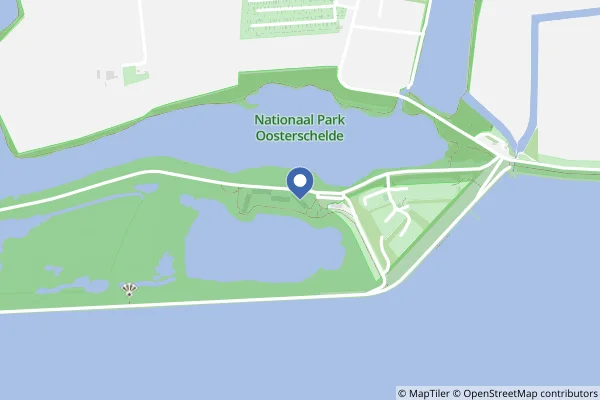
| 8,325.09 km from Denver, United States |
Weather forecasts
CategoryMuseum
One museum is not the other. There are museums with historical paintings, and with modern art, but did you know that there are also cat and selfie museums, for example? This way you can always continue to be amazed and there is a nice museum for everyone.

